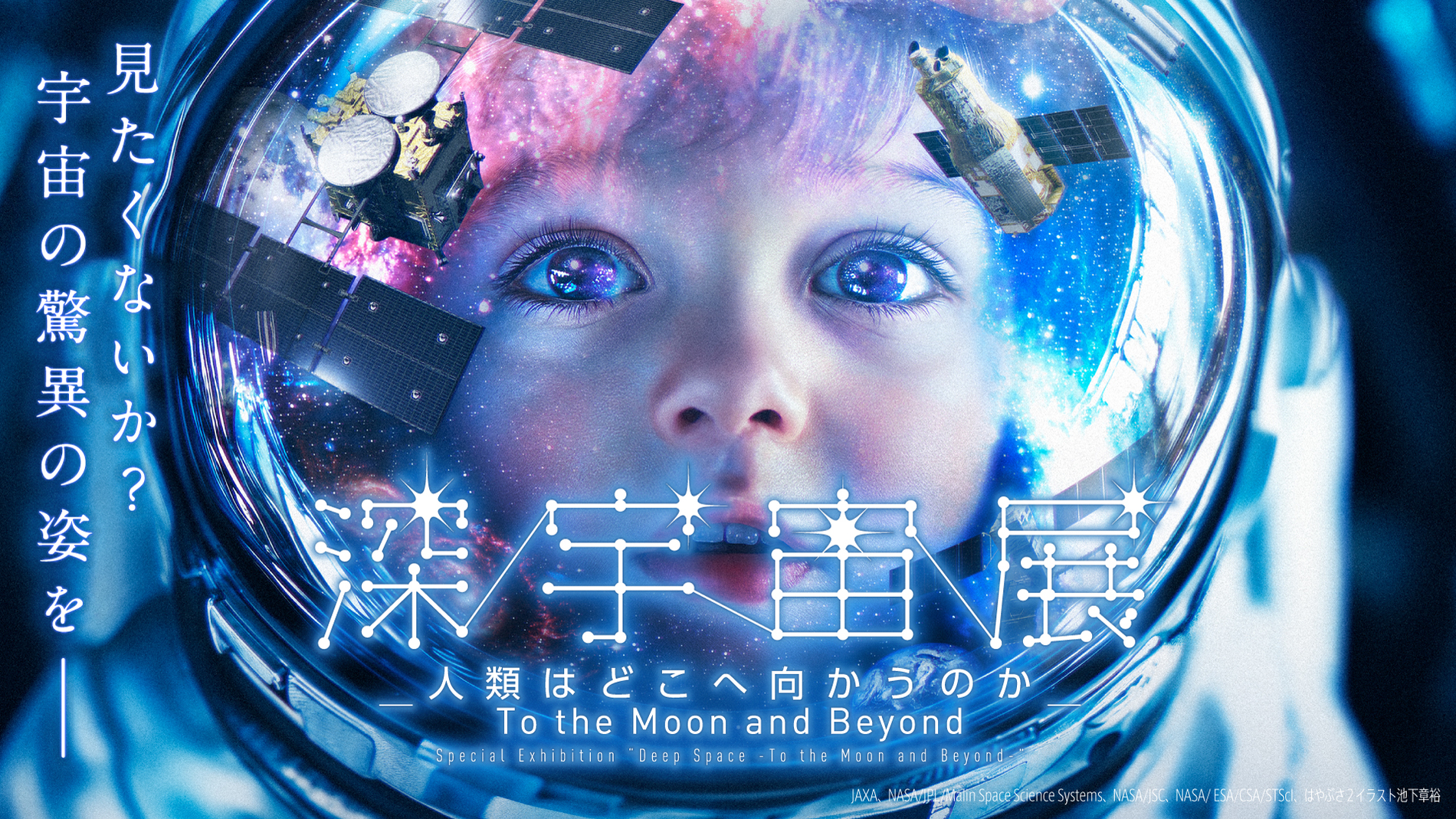
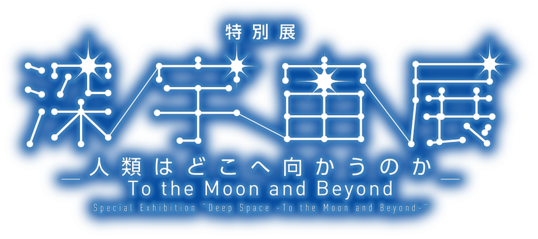
With this exhibition, visitors experience all the latest space exploration technologies and their achievements. This includes the first public showing of a full-scale model of the manned lunar terrain vehicle developed by Japan for the Artemis program, and a Mars tour where you can enjoy a large-screen experience of the planet. Go beyond the moon, to Mars and the mysteries of deep space that lie beyond. Experience humanity’s new space ventures in this large-scale exhibition.
Nearly half a century after the Apollo program, humanity heads now into an era of unprecedented space exploration. We are currently attempting to send astronauts to the moon again and, in the future, aim to realize humanity’s dream by conducting manned exploration of Mars. This exhibition has been made possible through the cooperation of JAXA, the National Astronomical Observatory of Japan, major Japanese space research and development organizations including the University of Tokyo, and a range of companies and organizations involved in space development. The exhibition includes many hands-on experience activities and explanations that are easy for children to understand. We welcome you to come and learn about humanity’s continuing exploration of space.
Exhibition Highlights
1. First public showing! See our jam-packed Artemis program exhibition
The stars of this exhibition are several pieces of cutting-edge technology planned for actual use in the Artemis program. Artemis aims to conduct a manned lunar exploration mission nearly half a century after the Apollo program. These state-of-the-art technologies are on special display.
・Lunar Cruiser, a manned pressurized rover (full-scale model)
An exploration vehicle that astronauts can ride in without spacesuits and can live in for about a month as they explore the lunar surface. Symbolizing the next generation of lunar surface exploration, a full-scale model of this remarkable vehicle can be viewed here for the first time ever.
・Lunar surface dialectic-constant measurement device (LDA: Lunar Dielectric Analyzer)
A measurement device that is used directly on the lunar surface. By directly measuring the electrical conductivity (dielectric constant) of sediment and other materials, we can estimate subsurface conditions on the Moon. Learn more about this technology, which is expected to lead to the exploration of lunar ice and other lunar resources.
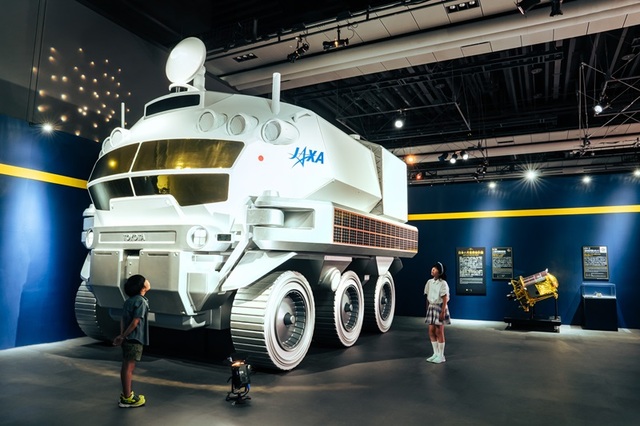
Lunar Cruiser, a manned pressurized rover (full-scale model)
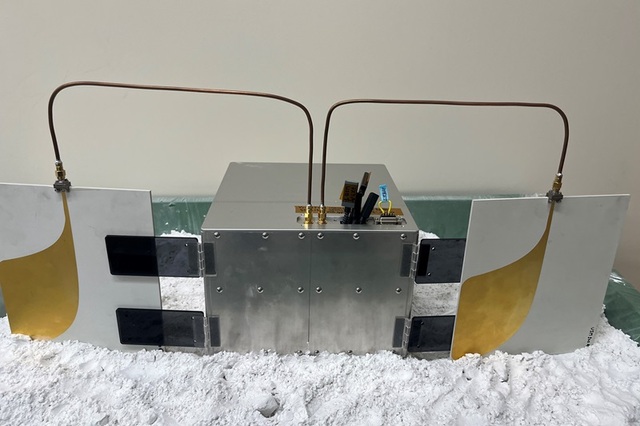
LDA ©The University of Tokyo
2. The cutting edge of Japan’s space exploration and development—all in one place!
This exhibition brings together all the elements of Japan’s latest space missions. Visitors can view a range of new-era initiatives, including valuable particles brought back by Hayabusa and Hayabusa2, a full-scale model of an H3 rocket nose cone, the “Martian Moons eXploration (MMX)” project, and space development by private companies.
・Full-scale model of an H3 rocket nose cone
A rocket nose cone is a cover that protects satellites and other payloads on the rocket from wind pressure and frictional heat during flight. This is a full-scale model of the rocket nose cone from Japan’s new large launch vehicle, the H3 rocket.
・Particles brought back by the asteroid probes Hayabusa and Hayabusa2
Some of the actual particles that have helped shed light on the origins of our solar system are on display here. Each individual particle is a crystallization of Japan’s space exploration technology.
・MMX: Martian Moons eXploration
This project aims to be the third sample return, following Hayabusa2. We show the challenges involved with bringing samples back from the Martian satellite Phobos.
・The latest satellites
Cutting-edge technology that supports our modern lifestyles and helps protect the planet’s environment. We introduce the latest man-made satellites that protect the Earth’s environment and play an important role in modern life, including the Advanced Land Observing Satellite-4 “ALOS-4" (Daichi-4: Japanese nickname) and the Earth Cloud Aerosol and Radiation Explorer “EarthCARE” satellite (Hakuryu: Japanese nickname).
・Leading-edge space development by private companies
Space development, which had been primarily state-led, is entering a new phase with the entry of the private sector. We introduce this new era in which space businesses in satellites, rockets, and more are pioneered by private companies.
・NinjaSat, an ultra-compact x-ray observation satellite created by students
The ultra-compact Ninjasat x-ray observation satellite, primarily developed by up-and-coming scientists. We cover the technological capabilities of the educational and research institutions that managed to launch an observation satellite just three years after the project’s inception.
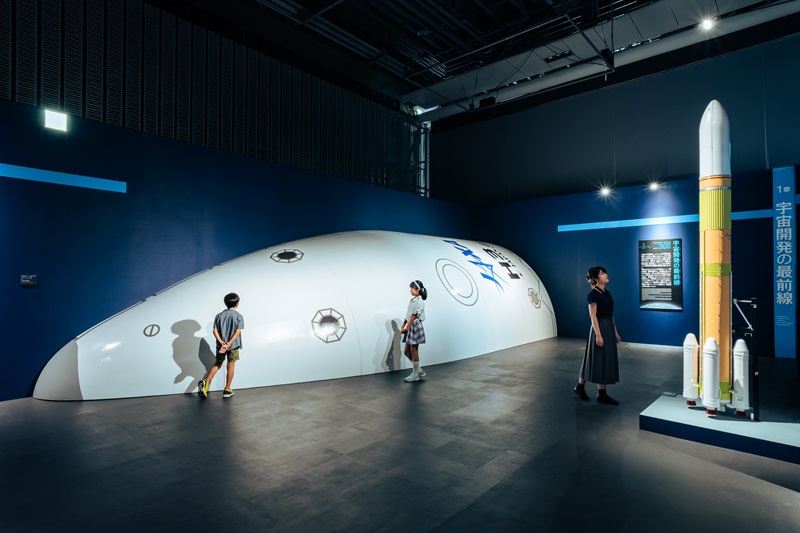
Full-scale model of H3 rocket nose cone (Fairing)
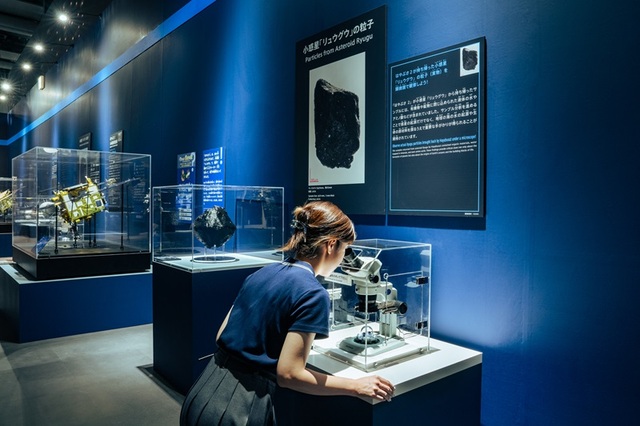
A piece of the asteroid “Ryugu” is exhibited
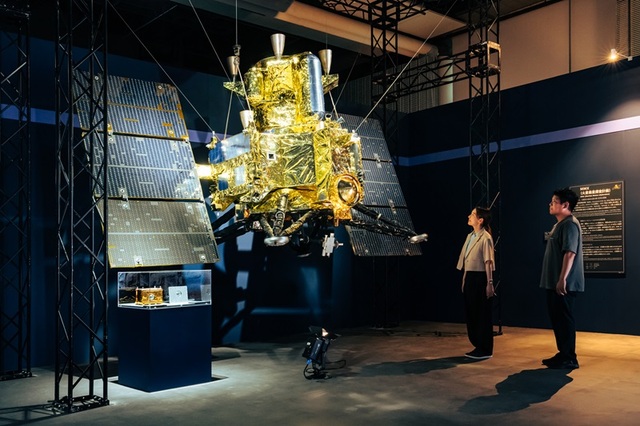
MMX (half-scale model)
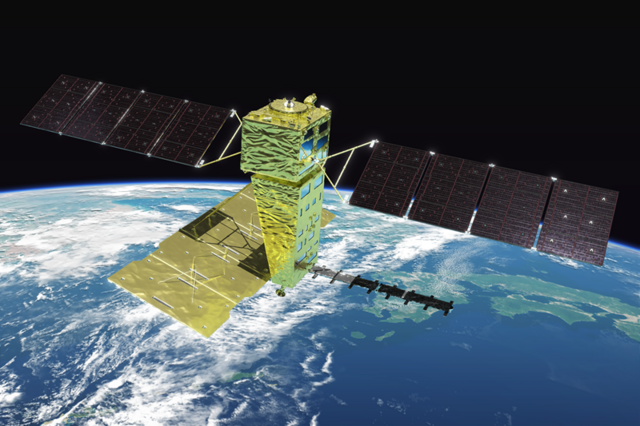
Advanced Land Observing Satellite-4 “DAICHI-4”(ALOS-4) ©JAXA
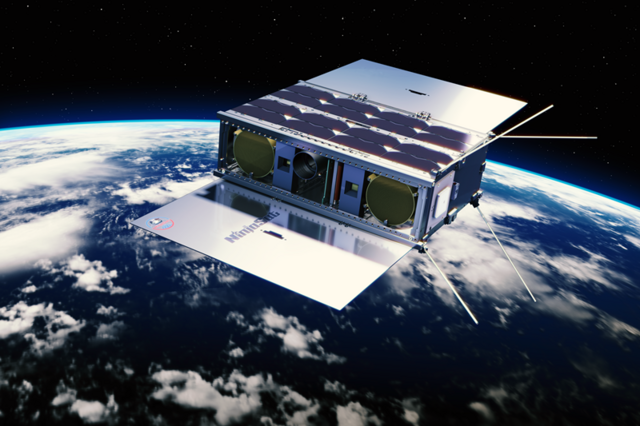
NinjaSat ©RIKEN
3. Experience space with a large-screen video trip to Mars and real rocket parts!
Visitors can take a new journey to Mars via the compelling intensity of this large-screen video. Rocket parts and other valuable items shown at the JAXA Tanegashima Space Center are also on display here.
・Enjoy a tour of Mars via a large-screen video
See a powerful big-screen tour of Mars, featuring a video produced with the latest data captured by Mars rovers. You can even experience life on Mars 100 years in the future, based on data from cutting-edge research!
・A rare opportunity to touch real rocket parts
Visitors can see first-hand a rocket's insulation material and rocket nose cone, usually on display at the JAXA Tanegashima Space Center. Experience the high precision and massive scale of a rocket.
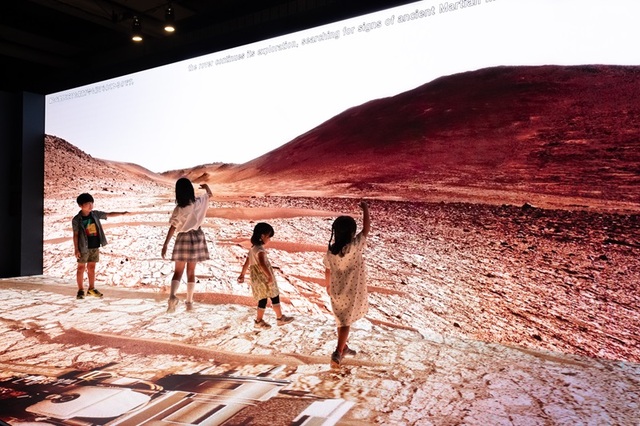
Take a powerful, big-screen tour of Mars!
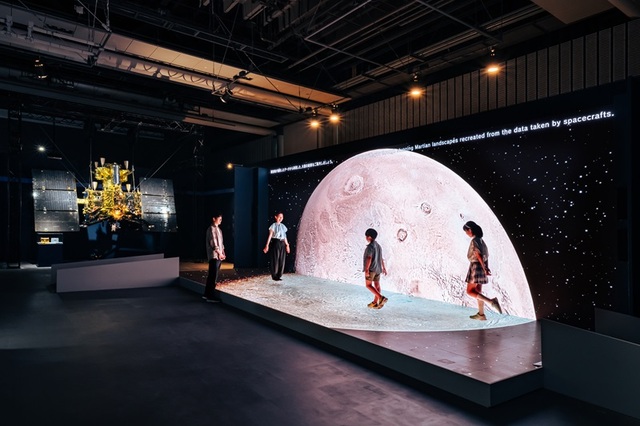
Take a powerful, big-screen tour of Mars!
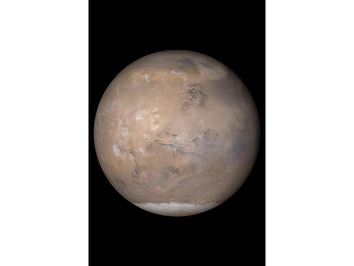
Mars ©NASA/JPL/Malin Space Science Systems
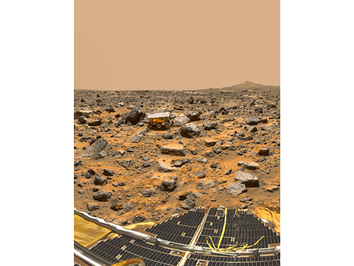
The Surface of Mars ©NASA/JPL
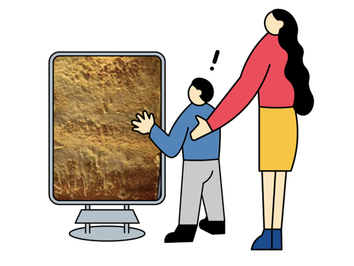
Rocket parts you can touch (illustration of the exhibition)
4. See the latest in astronomy as it tackles the endless mysteries of space!
Does another Earth exist? What exactly is a black hole? What is the mysterious “dark matter?” This exhibition explores the greatest mysteries of astronomy. The Subaru Telescope and other giant observational instruments have been revealing amazing images of deep space. Visitors will see the findings of these observations through models of these instruments and a realistic large-screen video tour.
・Models of large telescopes that explore the mysteries of space
Models of large-scale instruments are on display, including the Subaru Telescope at the National Astronomical Observatory of Japan (NAOJ) in Hawaii, which has produced numerous findings on distant galaxies and star formation processes; the ALMA telescope in Chile, which is operated under international cooperation; and the XRISM space telescope, which observes high-temperature gases in space. We show you the latest in the large-scale science and technology that is unraveling the mysteries of space.
・An experiential tour of deep space—take a trip via large-screen video
Experience a trip into the unknown reaches of deep space via a large-screen video! Take a trip to search for a second Earth, see a star die in a supernova, watch the spectacular end of stars sucked into a black hole, and witness the grand spectacle of galaxies colliding.
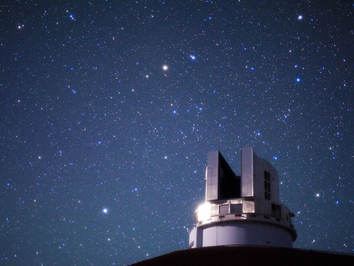
Subaru Telescope ©NAOJ
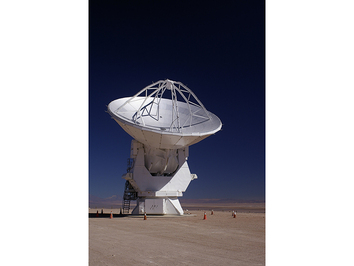
Atacama Large Millimeter/submillimeter Array (ALMA) ©NAOJ
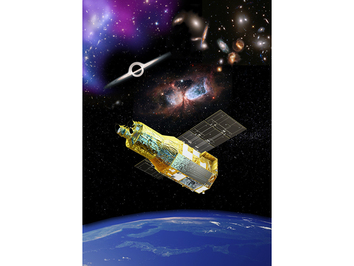
XRISM ©JAXA
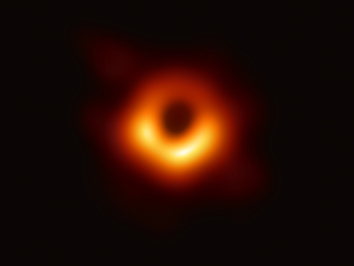
Black hole ©EHT Collaboration
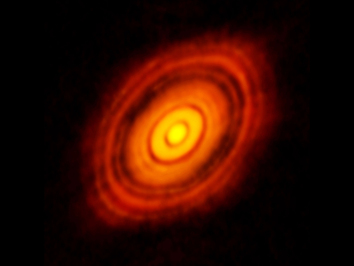
Disk of dust surrounding the star HL Tauri ©ALMA (ESO/NAOJ/NRAO)
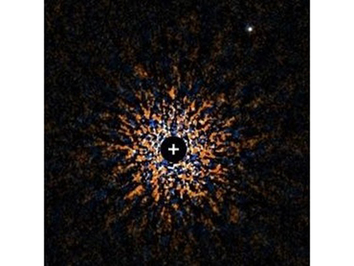
A second Jupiter ©NAOJ
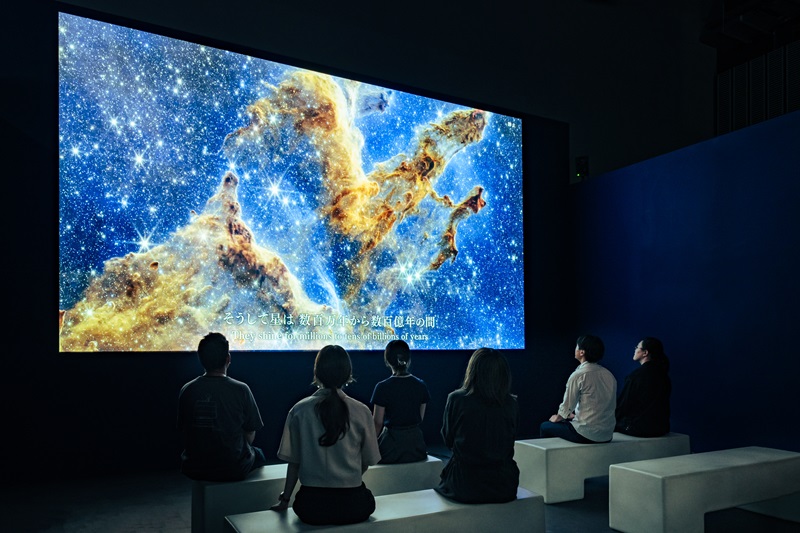
Experience a deep space trip via a large-screen video!
5. Special Exhibition: the actual Soyuz spacecraft used by Maezawa Yusaku
This special exhibition displays the real Soyuz spacecraft (return module) used by Maezawa Yusaku, the first Japanese civilian to stay on the International Space Station. This valuable spacecraft symbolizes the start of a new space age in which space travel is gradually becoming more accessible to civilians. The exterior still bears traces of its superheated atmospheric re-entry, giving visitors a sense of the harsh conditions during the return to Earth.
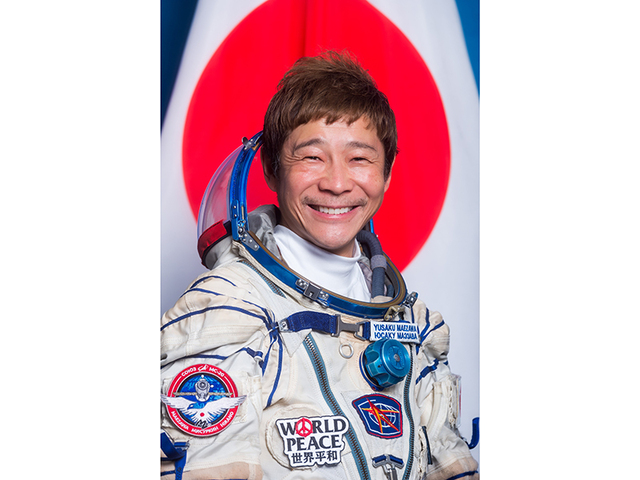
Maezawa Yusaku
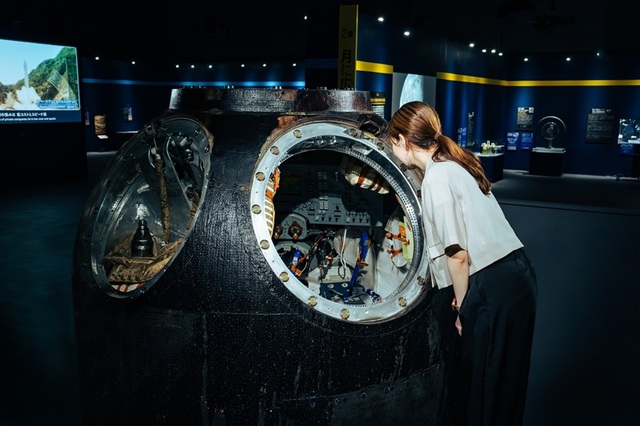
The actual Soyuz spacecraft used by Maezawa Yusaku
*The content or other details of the exhibition may change. Thank you for your understanding.
Overview
- Title
- Special Exhibition— “Deep Space -To the Moon and Beyond-”
- Period
- July 12 - September 28, 2025
- Open
- 10:00 - 17:00 (New admission is not allowed after 16:30)
- Closed
- July 15, September 2, 9, 16
- Venue
- "Special Exhibition Zone" 1F, Miraikan
- Admission fee
-
Adult (ages 19+): 2,200 yen (2,000 yen)
Youth (ages 13-18): 1,400 yen (1,200 yen)
Child (ages 4-12): 700 yen (500 yen)
*Prices in parentheses ( ) are for advance tickets and groups of 8 or more. All prices include tax.
*Free admission is available for holders of disability or beneficiary certificates and their attendant (limit of one person).
*This ticket also grants admission to Miraikan’s Permanent Exhibitions. Does not include admission to the Dome Theater (reservations required).
- Organizers
- Miraikan - The National Museum of Emerging Science and Innovation, NHK, NHK Promotions Inc., The Tokyo Shimbun
- Supported by
- Ministry of Education, Culture, Sports, Science and Technology, National Space Policy Secretariat, TOKYO WATERFRONT AREA RAPID TRANSIT, INC., Yurikamome Inc.
- Sponsor
- TOPPAN Colorer Inc.
- In cooperation with
- Japan Aerospace Exploration Agency (JAXA), National Astronomical Observatory of Japan (NAOJ), The University of Tokyo, Institute of Physical and Chemical Research (RIKEN), SPACETIDE, Axiom Space, Space Liner Association, TOKYU RAILWAYS CO., Ltd., Bridge Link Co., Ltd.
- Contact Information
- +81-(50)-5541-8600 (International Calls)
- Official website of this exhibition
-
Special Exhibition— “Deep Space -To the Moon and Beyond-” official website
